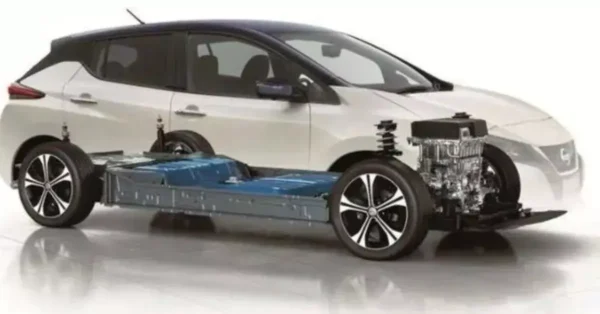
“How Electric Car Battery Weight Affects Vehicle Safety”
Recent years have seen an enormous increase in the popularity of electric cars because of their affordability and environmental friendliness. The battery of an EV, which stores

Recent years have seen an enormous increase in the popularity of electric cars because of their affordability and environmental friendliness. The battery of an EV, which stores

Several industry analysts believe that electric vehicles will soon replace gas-only cars. Despite their ever-increasing popularity, some people worldwide think electric vehicles are not the future. This
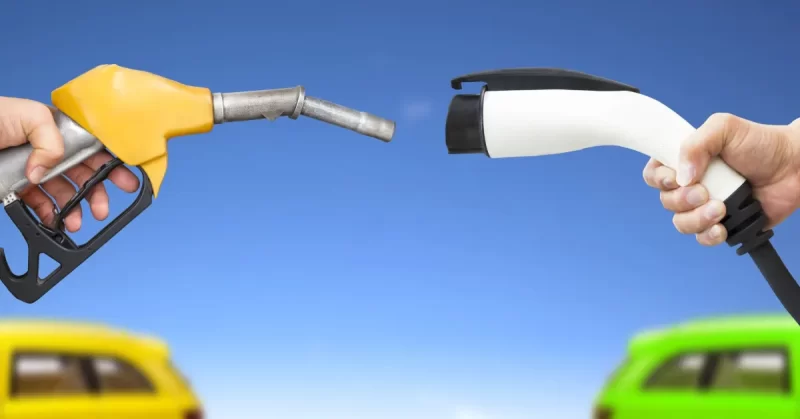
Gas-only and electric vehicles use pretty different technology from each other. Powered by fossil fuel-burning internal combustion engines, gasoline-powered automobiles have been on the road

We need to go green if equipped to afford the electric revolution. The auto industry has long been turning environmentally friendly. Manufacturers are trying their best

Electric vehicles have gained considerable popularity over time due to their eco-friendliness and decreased operating costs. The battery is a vital component of any EV,
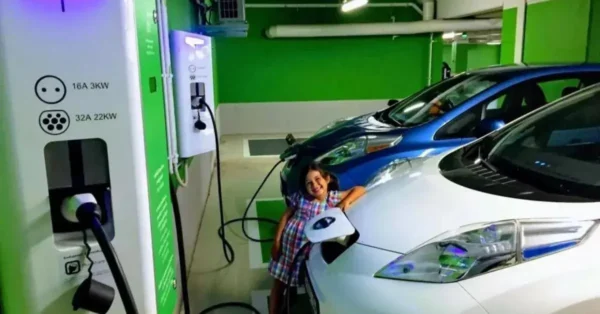
In the constantly changing world of car technology, electric cars have become a promising option for vehicles that run on gasoline. One of the most

Does a Tesla come with a spare tire? This is one of the often-asked topics when it comes to Tesla cars. No, a Tesla spare
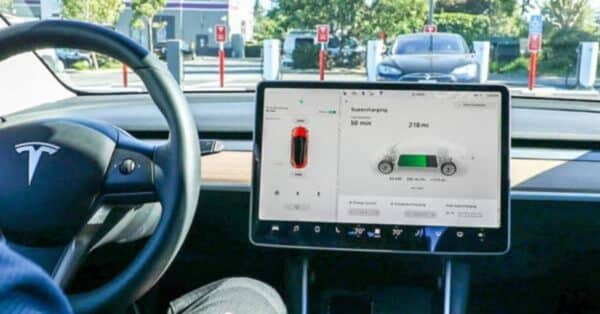
Tesla is renowned for its cutting-edge technology and inventiveness in the automobile sector. There is no exception to this on the dashboard of Tesla. It
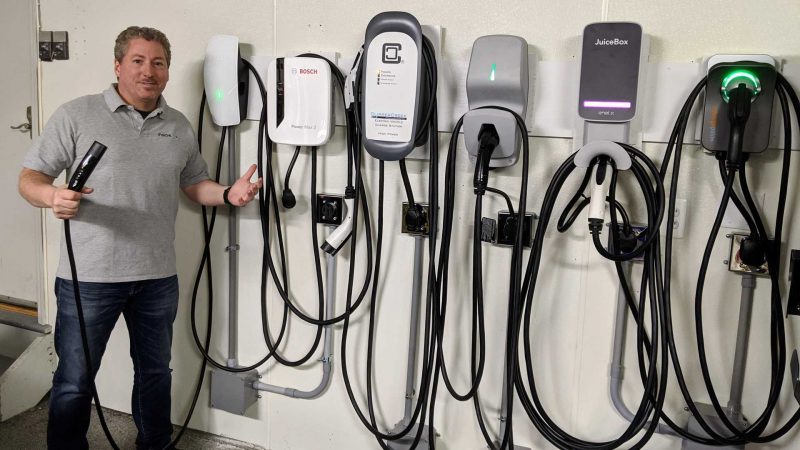
Introduction A Tesla Level 2 charger, sometimes known as a home EV charger, is a charging unit designed specifically to charge Tesla electric vehicles. The